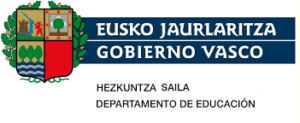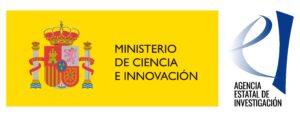BLAKARAN – Origin and effects of black carbon (BC) in seasonal high mountain snow: comparison of Karakorum and the Andes
The main objectives of this research are:
- To reconstruct the accumulation history during the time interval in which the snow was deposited (winter 2018-2019) using the temporal and spatial variability of the isotopic data available to us. To aid interpretation we have meteorological data recorded by an automatic weather station installed at the base camp and stratigraphic data from the snowpack. These types of studies are essential to understand the atmospheric behaviour of these areas, as they do not usually have adequate meteorological monitoring equipment.
- To estimate the reduction of surface albedo produced by the deposition of black carbon (BC) particles on the snowpack surface. These particles darken the surface and act as light absorbing particles. This will allow us to get a rough idea of how the presence of this atmospheric pollutant may affect the melting rate of this seasonal snowpack.
- Identify the possible sources of human or natural activity that originated the BC particles and their long-range dispersion, inferring the possible trajectories and seeing if these coincide with the global circulation system prevailing in the Karakorum at that time of year (westerly winds or jet stream), responsible for most of the precipitation during the winter, due to the transport of moisture from the west. On the other hand, if the particles have not followed this assumable trajectory, we will try to infer their possible origin. For this purpose, a receiver model (positive matrix factorisation) will be used together with a meteorological model that can infer daily wind trajectories called Hybrid Single-Particle Lagrangian Integrated Trajectory (HYSPLIT). This same model will be applied to verify the origin of the moisture from which the precipitation that built the snowpack was derived.
- To understand how thermal processes affect the snowpack both internally (metamorphism) and externally (variability of environmental conditions) and how these modifications affect its structure and physical properties over time.
Start date: 01/09/2022 End Date: 01/12/2022
Funding: Basque Government EGONLABUR 2022 (EGONLABUR_EP_2022_1_0040)
Coordinator: Prof. Sérgio Henrique Faria (BC3)
Partners:
Key people involved in BC3:




